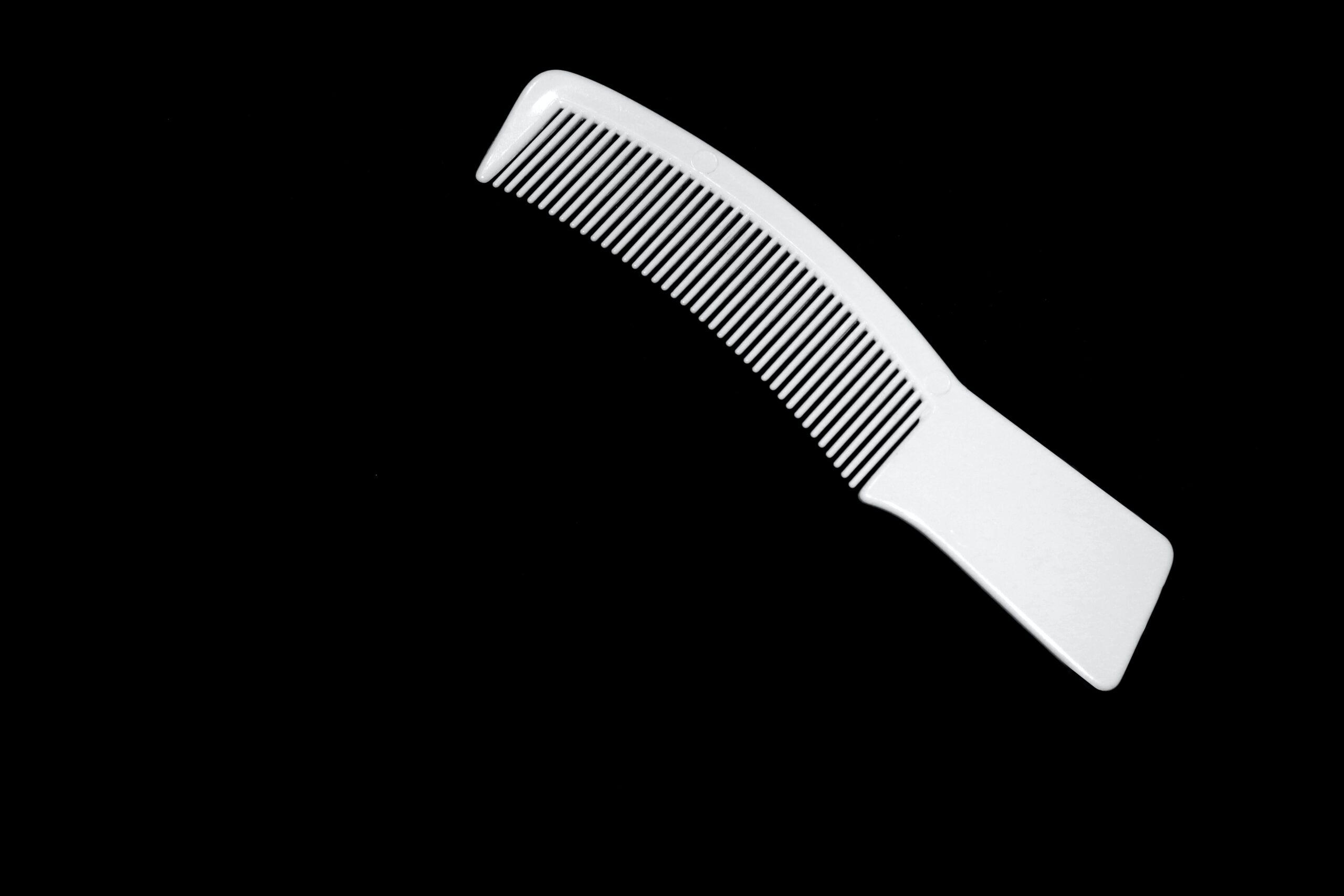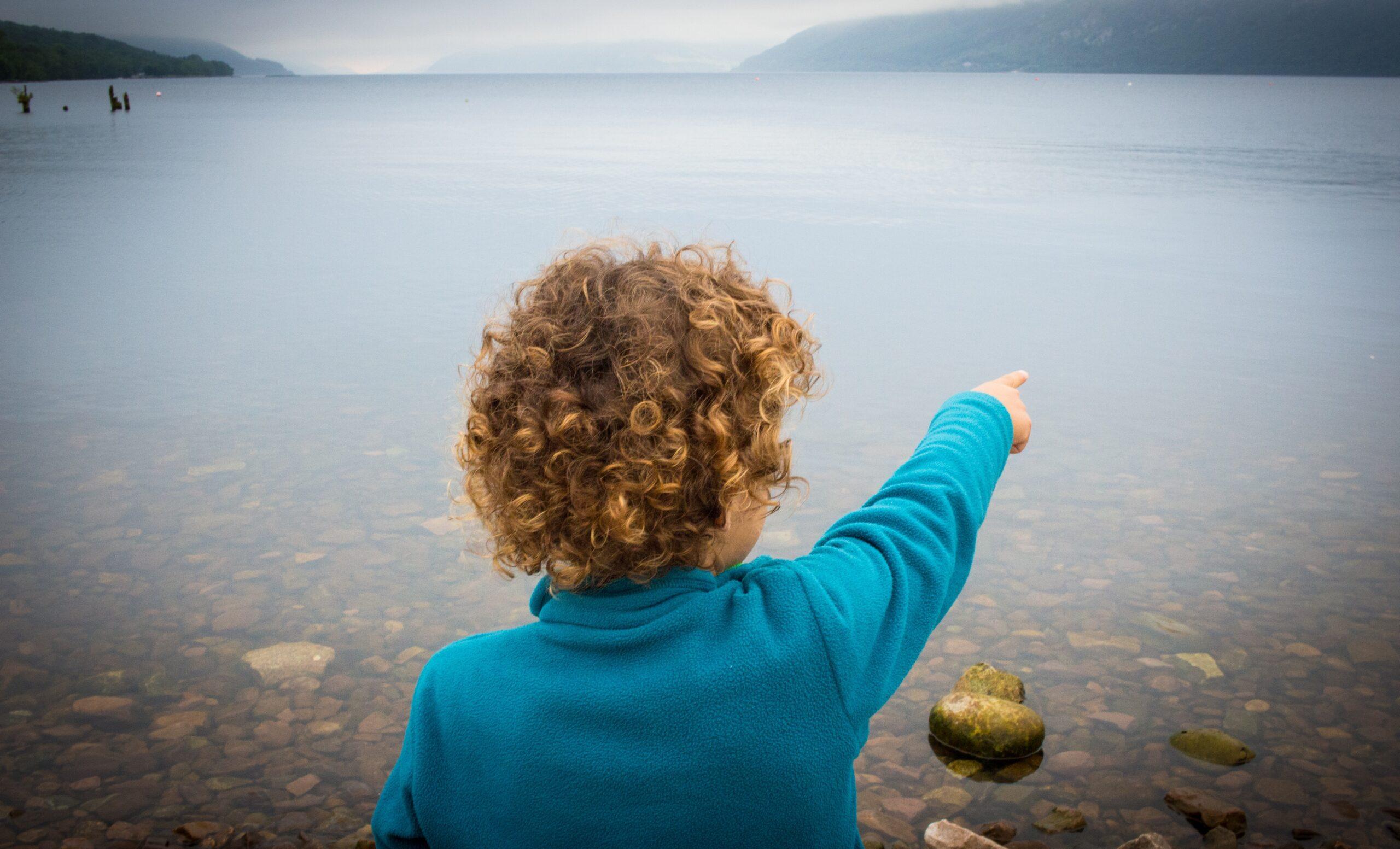For most parents, “lice” is a four-letter word akin to the worst swear words. The mere mention of a lice outbreak in the classroom or among friends brings with it itchy heads, a gross feeling, and images of dreaded housework.
Yet, dare we say, the common head louse is misunderstood not even that bad to treat? Despite the icky, dirty feelings that come with lice, outbreaks happen more often than you realize. Let’s try to dispel some myths and show you how to prevent a lice infestation in your home.
First of all, take “lice” off your list of forbidden words. Communicating your lice outbreak to people around you your carpool, the family with whom your child just enjoyed a sleepover, your child’s caregivers can spare them an infestation, too.
Finding lice early is the key to easy removal. And letting others know you have lice prevents families in close contact from spreading them back and forth. Early detection of head lice means determining there are adult louse bugs laying eggs (called nits) on a scalp within the first few days of the occurrence.
“Once a week, take a peek” is a common saying among lice experts because a ten-minute, weekly comb-out with a stainless steel nit comb can prevent larger infestations. The rule of thumb: Less adult lice and nits to remove equals easier-to-tackle head lice!
Lice removal is a two-week process no matter what method you use. There are three ways to kill lice:
- Pesticides. You’ve likely seen pesticides in the news. Not only are they harmful to humans, but they can also be ineffective as lice have developed a resistance to some over-the-counter pesticides. Skip this method.
- “Suffocation.” This uses natural remedies such as olive oil, Cetaphil, or mayonnaise. These products work if they’re left on the hair for eight hours. This can be messy, not to mention difficult, to wash from hair.
- Non-toxic enzymes. Our favorite. Using a non-toxic enzyme kills the lice. The enzyme interacts with the adult lice bugs’ exoskeleton, causing them to come off prematurely and die.
Housekeeping tips
If your family has lice, wash the sheets and pillowcases after the first treatment. The comforter and any stuffed animals with which your children sleep can go in the dryer for 30 minutes. Vacuum upholstery and carpets after the first treatment (there’s no need to do this for days on end). Boil brushes, combs, and hair accessories for five minutes. Or, just don’t use them for 24 hours (at which point, the lice will be dead).
While all of the above methods remove adult lice bugs, there is no product that kills the nits and washes them out of your hair. Nit removal is the tedious part of lice removal. If you have been doing the weekly comb-outs prior to finding lice, you can comb for roughly ten minutes per day to remove the nits. But, if you have not been checking on a regular basis, the first day of combing will be very tedious and last about 30 minutes to one hour.
Comb-outs
Do a weekly comb-out just to check your kid’s head. Pop your kids in front of the TV on Friday afternoons and do a comb-out. To perform a proper comb-out to check for lice:
- Put on enough conditioner to cover the scalp and remove all tangles.
- Hold the steel nit comb at a 90-degree angle. Graze the scalp with the comb and get it through to the end of the hair.
- Wipe the comb on a paper towel to look for evidence of lice or nits.
- Comb through the hair in this fashion in all directions front to back, side to side, and underneath.
If you do not see any evidence on the paper towel, you do not have lice. Repeat the process in one week.
Keep combing for ten days after you find out your child has lice. Do comb-outs with the enzyme solution on everyone in your household. Tell anyone with whom you have been in contact about the lice, and tell them they need to be combed out to check for lice, too.
There is good news, though. Good news with lice? Yes! Here’s where the mythbusting begins:
- Lice bugs are human parasites, so they need human blood to survive. They die relatively quickly (within 24-36 hours) if they’re not directly on your scalp.
- Lice can’t lay eggs anywhere except in your hair! This means the rumored house stripping, cleaning, and bagging tips are completely wrong!
- Lice are transmitted via direct headto- head contact 95 percent of the time. They don’t jump or fly. Standing near someone with lice does not mean you’ll end up with lice!
There are loads of websites that offer photos of lice, show you how to do a comb-out, etc. A great place to start is the Centers for Disease Control and Prevention (CDC) website at www.cdc.gov. At the end of the day, knowing the true facts of lice can help you keep them at bay.



